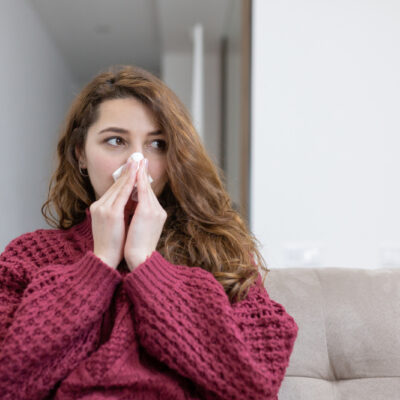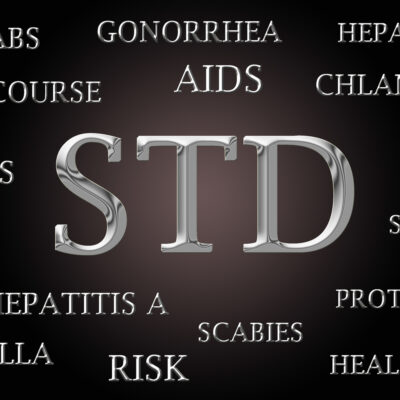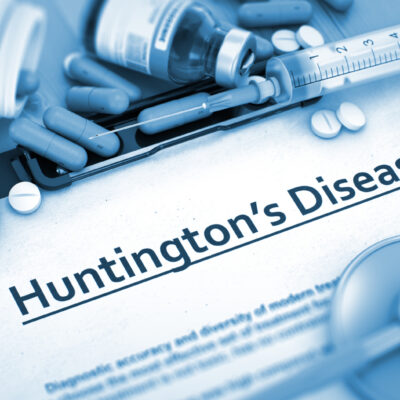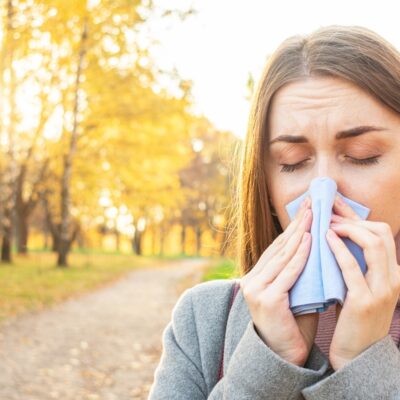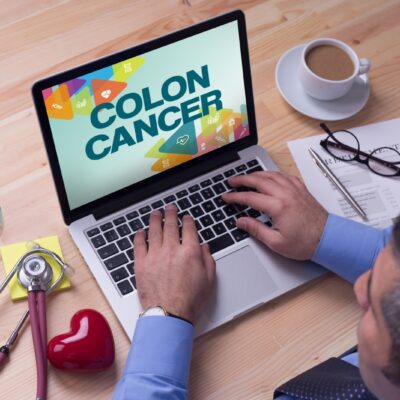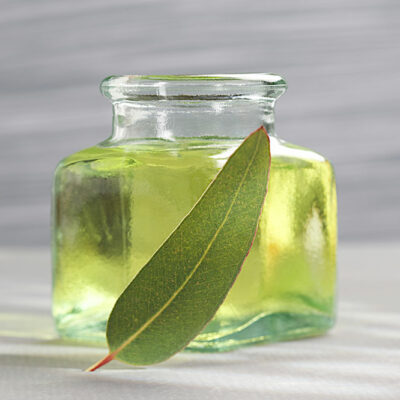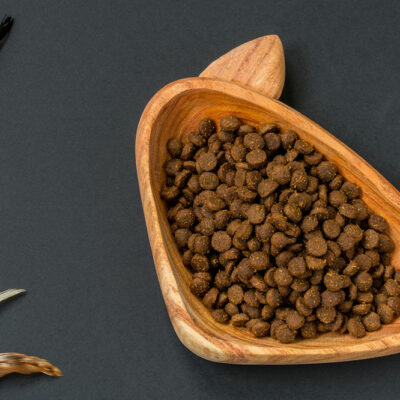
Health
Medical Treatments for Dyspareunia in Menopause
Menopause is a transformative phase in a woman’s life, marked by various physiological changes. Among the myriad challenges that menopausal women may face, dyspareunia, or painful intercourse, can significantly impact their quality of life. Often accompanied by symptoms such as menopause bleeding and heavy menopause bleeding, dyspareunia demands tailored medical interventions to alleviate discomfort and restore intimacy. In this comprehensive guide, we delve into various medical treatments specifically designed to address dyspareunia during menopause. 1. Hormone replacement therapy (HRT) Hormone imbalances during menopause can contribute to vaginal dryness and thinning of the vaginal walls, leading to painful intercourse. Hormone Replacement Therapy (HRT) involves the use of estrogen and sometimes progestin to restore hormonal balance. This approach helps rejuvenate vaginal tissues, alleviating dryness and discomfort, and reducing the risk of menopause bleeding. 2. Topical estrogen creams For women who prefer localized treatment, topical estrogen creams offer a targeted approach to alleviate dyspareunia symptoms. Applied directly to the vaginal area, these creams promote the regeneration of vaginal tissues, improving elasticity and reducing pain during intercourse. Topical estrogen also plays a crucial role in preventing or minimizing menopause-related bleeding. 3. Vaginal moisturizers Non-hormonal vaginal moisturizers provide a lubricating effect, helping to relieve dryness and discomfort associated with dyspareunia.
Read More 